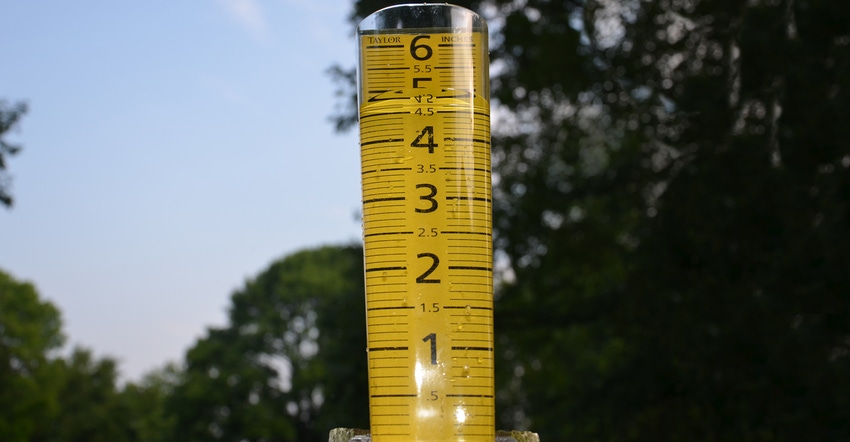
One speaker talked about creating a conservation economy. Another suggested the meteorologist you trust most should also be your financial adviser. This all happened during the recent Capturing the Credits workshop sponsored by the Elkhart County Soil and Water Conservation District in Elkhart County, Ind. It wasn’t your typical conservation field day, filled with tips for succeeding in no-till.
Instead, Jim Hess, manager of the Elkhart County SWCD, challenged fellow farmers to look further down the road. “Think about how we can create a conservation economy,” he suggested. His focus was on monetizing the value of things you do for conservation, instead of writing them off as costs. And while earning carbon credits might be part of that economy, he envisioned painting with a broader brush.
Related: Conserving soil, water makes sense — and cents
“Look at other options that would make more sense for marginal lands,” Hess said. “Think outside the box.”
For example, maybe some areas would serve you better long term if used as a bank for water, he suggested. Yet others might be worth more to you and your community if they were returned to wetlands.
“Wetlands are extremely important in the ecosystem, especially in preventing flooding,” said Tom Coomes, chief meteorologist for ABC57 TV in South Bend, Ind., who participated in the workshop. He also suggested some low-lying fields that flood often would better serve you if they were returned to natural wetlands.
Matt Meersman, executive director of the St. Joseph River Basin Commission, South Bend, added that sometimes new wetlands are created for mitigation purposes when wetlands are removed for construction purposes. Both he and Hess observed that natural wetlands or restored natural wetlands function much better almost every time compared to wetlands created where there weren’t wetlands before.
Hess suggested it’s time to float ideas such as a community offering payment to farmers for conservation practices, such as restoring a natural wetland, if it helps ease flooding issues for the community. It’s part of what he means by developing a conservation economy.
Changing weather patterns
You might be hoping to see fewer of those 3- and 4-inch rains in the future. Coomes said weather patterns are trending in the opposite direction, toward more big rain events. It’s part of changing climate patterns that are becoming more obvious all the time, he said.
“We’re headed toward more extremes in weather patterns,” Coomes explained. “That means more big rain events, not fewer, and more extreme droughts.” He noted that you can get both if big rains come in the spring and droughts develop during summer months.
“That’s where I see myself as somewhat of a financial adviser for farmers and others, helping them realize they need to look for ways to help their operations cope with these changes,” he said.
Coomes believes cover crops could play a big role in helping offset impacts from changing weather patterns. Rotations including cover crops help improve water infiltration over time. If more water moves into the soil instead of running off, it’s a big step toward controlling flooding, he said.
“This is where wetlands are so beneficial,” he added. “We need more wetlands, not fewer. If you choose to restore a wetland, for example, it’s a chance to work with Mother Nature instead of against her.”
About the Author(s)
You May Also Like




